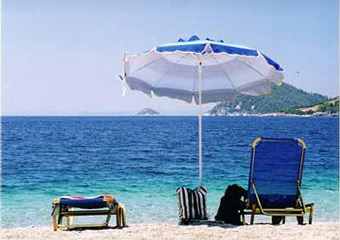 Best Western Lord Manaus was chosen by Sheena, our travel agent. She chose this hotel because, she said it was ‘very convenient and comfortable’. Both and Sue and I found her assessment to be correct. Located close to the city center it had a nice, spacious double room for us with radio, TV, air conditioning, and the works. The room also included an excellent buffet breakfast, after which we couldn't complain!
Best Western Lord Manaus was chosen by Sheena, our travel agent. She chose this hotel because, she said it was ‘very convenient and comfortable’. Both and Sue and I found her assessment to be correct. Located close to the city center it had a nice, spacious double room for us with radio, TV, air conditioning, and the works. The room also included an excellent buffet breakfast, after which we couldn't complain!The best thing about the hotel, apart from its regular amenities, was its proximity to the Opera House. The magnificent edifice that reflects culture. We saw here French chandeliers and candelabras, Italian statues and busts, English staircases of wrought iron, etc. All of it, a picture of splendor and magnificence. The Opera House has had its share of ups and downs, though. Launched amidst much fanfare in 1896, it was mainly supported by the money that the rubber industry in Manaus was spinning.
But by the early 1900s, as Asian competition began sweeping it aside, the fortunes of this grand house of culture plummeted. I was happy to see, though, that there has been some revival of the arts, particularly theatre here. On the evening of our visit we were treated to an opera based on Cinderella's story in Portuguese!
The next day being a Sunday we had a ball shopping at the fair organized inside the town's city hall. Here we got some real bargains on Brazilian artifacts and jewelry. We also saw plenty of hammocks, all richly-colored, on display but we bought none. During our two-day trip to Manaus we kept strictly to the town area which, we'd been told, was safe. We didn't venture into any of the slums, also called favalas, where crime runs high. People live close together in hutments with poor lighting and sanitation. In every other way, our Manaus trip was perfect.






